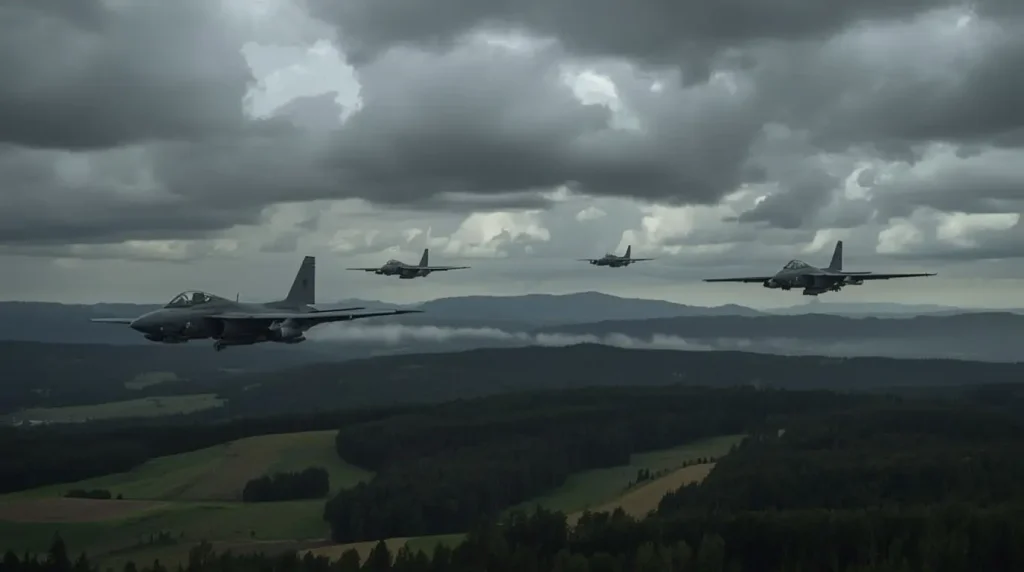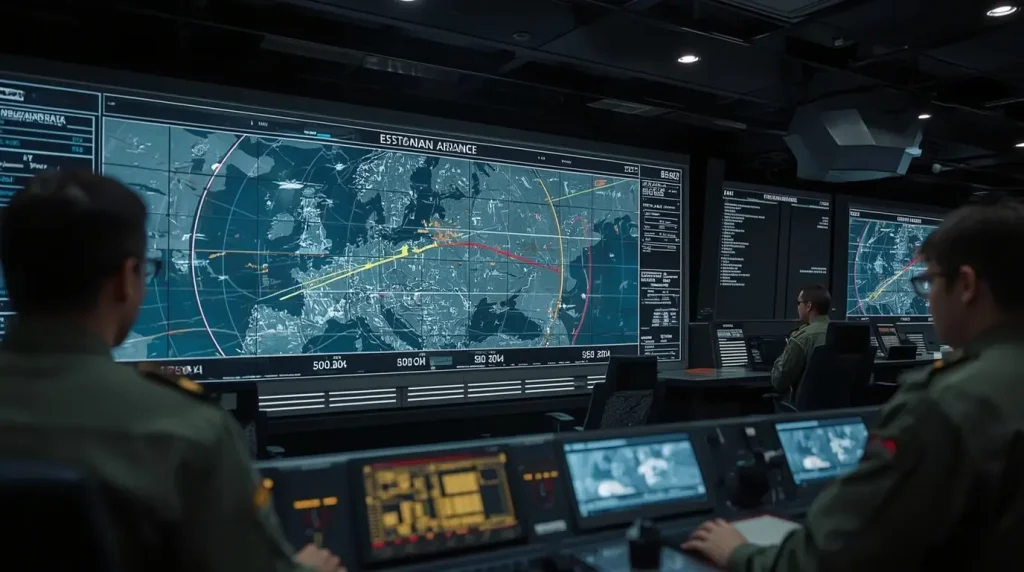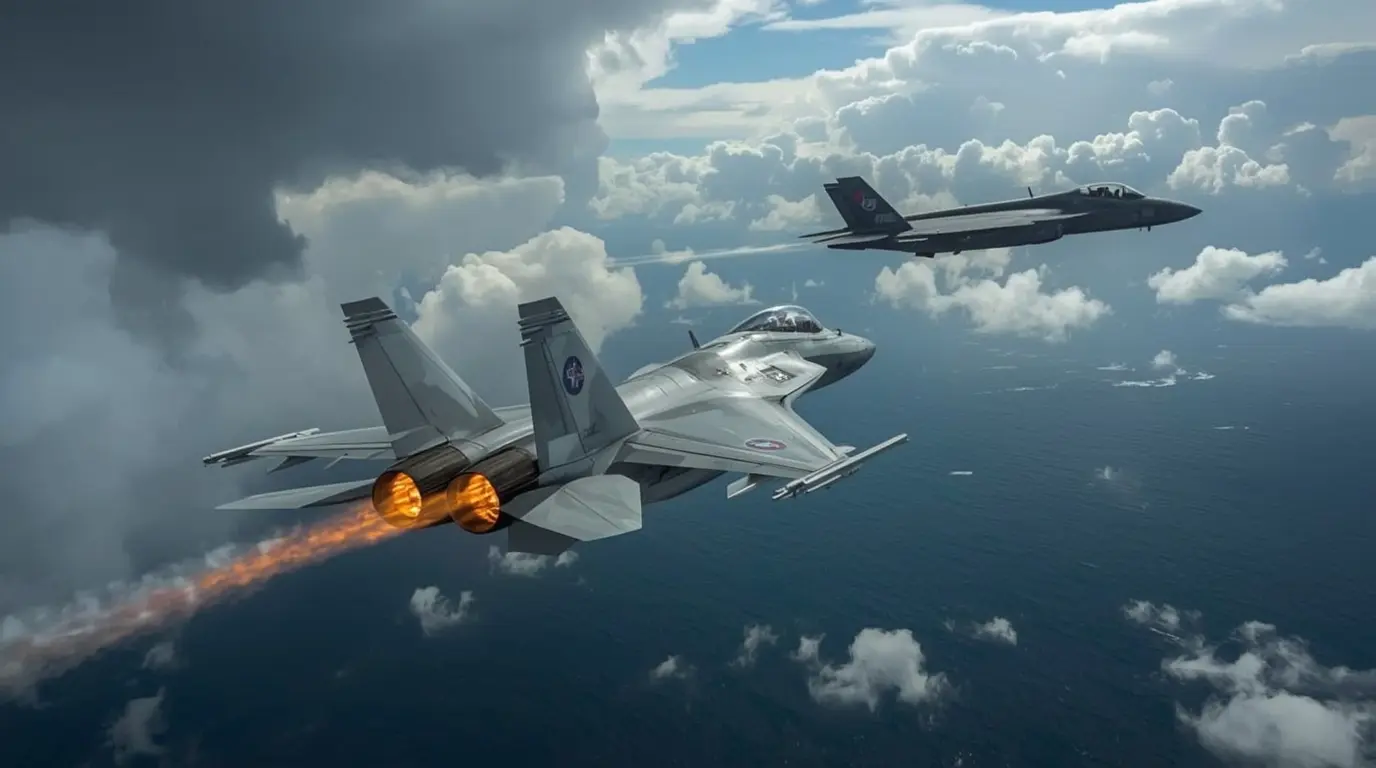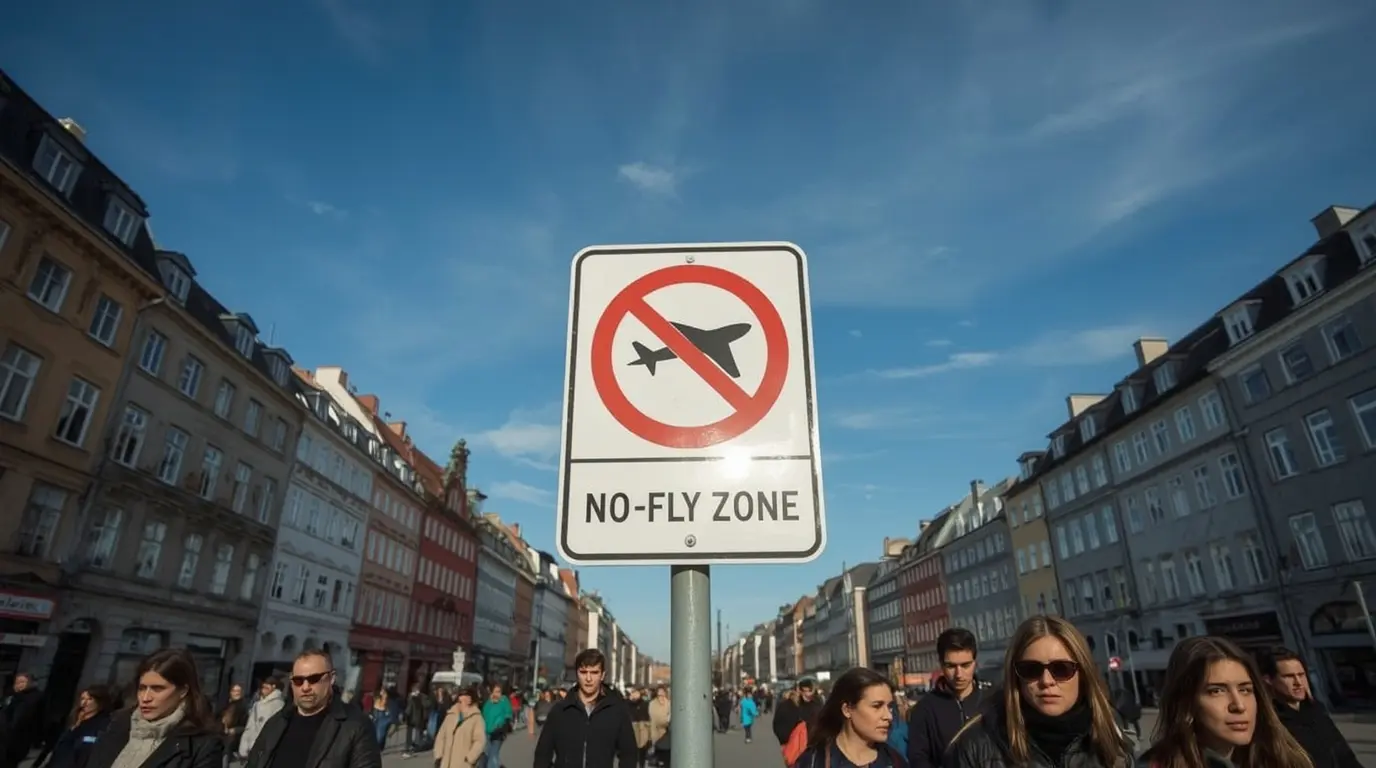Breaking News: Estonia Airspace Breach Triggers Regional Alarm
Tensions in Eastern Europe shot higher on September 19, 2025, after three MiG-31 Russian jets crossed into NATO airspace over Estonia. Officials describe the violation as one of the boldest provocations in recent memory. Lasting only 12 minutes, the incident still marks the fourth similar breach this calendar year, underlining a troubling pattern of Russian aircraft testing Western defenses. The breach forced NATO to hold emergency consultations and pushed the UN Security Council to schedule an urgent meeting, reflecting deepening worries about the security of the region while Moscow’s war in Ukraine continues unabated.
The Russian jets entered NATO airspace over the Gulf of Finland, passing over Vaindloo Island and flying only around 100 kilometers from Tallinn, the Estonian capital. Authorities in Tallinn report that the Russian jets crossed the border with no flight plan, no active transponders, and no prior radio contact with air traffic control.
NATO immediately launched a response: Italian F-35 fighters already in Estonia as part of the Baltic Air Policing Mission, together with Swedish and Finnish interceptors, took to the skies to identify and escort the Russian formation back outside allied airspace.

Timeline of the Russian Jet Incident
| Time (Local) | Event |
|---|---|
| 9:58 AM | First Russian jet crosses into Estonian airspace |
| 10:00 AM | NATO raises alert; Italian F-35s take off |
| 10:05 AM | Swedish and Finnish fighters join the intercept |
| 10:10 AM | Final Russian aircraft exits Estonian airspace |
| 10:15 AM | All jets confirmed back over international airspace |
International Response and Condemnation
Leaders across NATO and Europe have reacted sharply to the airspace violation. Estonian Prime Minister Kristen Michal described the breach as another instance of Russia’s “war of aggression against Ukraine” and promptly called for urgent talks under Article 4 of the NATO treaty, a process that summons immediate consultations when a member perceives a threat.
This action marks the second Article 4 request in September. Earlier in the month, similar Russian jets and drone incursions were reported in Polish and Romanian airspace. The series of events points to an apparent pattern of Russian provocations that seem intended to probe NATO’s deterrent posture and to redirect international attention away from Ukraine.
NATO Secretary General Mark Rutte called the alliance’s reaction to the Russian jets breach “quick and decisive.” On the other hand, the EU’s foreign policy chief, Kaja Kallas, labeled the incident “an extremely dangerous provocation” that only heightens tensions in the region.
💡 Did You Know: Since NATO was founded in 1949, Article 4 of the treaty has been used only nine times, and two of those times happened in September 2025.
Background on Russian Airspace Violations
The recent breach by a Russian jet fits into a growing chain of threats from Moscow across Eastern Europe. Earlier in September, over 20 Russian drones entered Poland’s airspace during strikes against western Ukraine, leading NATO to fire warning shots—the first such use of force since Russia began its full-scale war in Ukraine in 2022. On September 13, Romania reported a Russian UAV flying in its airspace for nearly 50 minutes. That same day, Poland documented two Russian jets flying low over a Baltic Sea oil platform, coinciding with a separate violation of Estonian airspace.
Prolonged Airspace Violation Sparks Warnings from Estonia
Estonian Foreign Minister Margus Tsahkna underscored that the recent Russian fighter overflight raised alarms not just for hours but for days, inching dangerously closer to Tallinn. He likened the incremental nature of these mistakes to “boiling the frog,” stating that the Kremlin plans provocations to advance, one small step at a time, in the hope of avoiding a reaction that could unite NATO.

NATO’s Tactical Calculations
Brussels now faces a twin-bind: whether the next Russian fly-by justifies fired missiles or simply more surveillance. Czech President Petr Pavel suggests the Alliance should, in principle, take down the next violator. Others, however, see that match winning instance teleporting the dispute into a NATO-Russia hot war.
Adding to the fog, the rhetoric from Washington varies. The Trump administration’s early dismissal of the Polish drone intrusion as “likely a mistake” signals a lax threshold, even as the President re-characterized a similar Estonian incident as “not loving it” and “not liking when that happens,” hinting at diplomatic frost.
Details filter from analyst circles, including one the Estonians tracked: a MiG-31 Russian jet. Equipped to release the Kinzhal, a warhead slated for hypersonic speeds and forward-works of strategic targets, that particular airframe compounds yesterday’s airspace story to today’s missile future.
Diplomatic Developments at the United Nations
Following the recent violation by a Russian jet, Estonia has triggered a rarely used UN procedure to demand a Security Council meeting. This marks the first time since joining the UN thirty-four years ago that the country has officially requested an emergency session.
The Council is set to convene on September 22 to hear about “Threats to International Peace and Security.” Assistant Secretary-General for Europe, Central Asia and the Americas Miroslav Jenča will deliver a key briefing. Delegations from Estonia, Ukraine, and several other regional nations are slated to take part, alongside representatives from the European Union.
In its letter to the Security Council, Estonia described the Russian jets incursion as “part of a broader pattern of testing Europe’s and NATO’s resolve” and labelled it “another dangerous act to further escalate regional and global tensions” amid the ongoing Russian military offensive against Ukraine.
Impact on Regional Stability and Ukrainian War Efforts
Ongoing incidents involving Russian jets are shaking up security across Eastern Europe. In reaction, NATO kicked off “Eastern Sentry,” a fresh operation aimed at bolstering the alliance’s military presence along its eastern border. Countries like France, Denmark, Germany, and the UK are sending more troops, planes, and equipment to boost both air and ground defenses along the lines with Belarus, Russia, and Ukraine.
Estonian leaders warn that Moscow’s mixed-method plays—airspace intrusions, cyberattacks, and targeted sabotage—are designed to pull Western attention and resources away from Ukraine. Defense Minister Hanno Pevkur has noted that the Kremlin might want NATO to divert anti-air batteries to Estonia, creating the impression that the Baltics require more help, and thereby nudging Western capitals to do less for Kyiv.
This tactical edge in the calculation means how NATO reacts to fresh Russian jets incursions carries heavy weight for Ukraine’s ongoing fight against Russian forces. A robust and unified NATO stance could guarantee that defenses along the alliance’s eastern borders do not reach the point of saturating resources that could otherwise benefit Ukrainian forces on the front lines.
Conclusion: Unified Response Needed
Russia’s repeated incursions into NATO airspace with military aircraft mark a troubling step up in the Kremlin’s standoff with the West. Although a single violation might seem small, the drumbeat of these flights reflects a deliberate strategy to probe the alliance’s limits and endurance.
As Estonia’s Foreign Minister Tsahkna pointed out: “Moscow’s ongoing boundary tests mandate a correspondingly firm blend of political and economic pushback.” The alliance’s upcoming high-level talks and the scheduled UN Security Council discussions will serve as key stress tests of the West’s ability to present a common, unwavering stance.
How NATO and partner capitals respond to these airspace breaches will likely steer Eastern European security for years. A mixed or timid answer might embolden further contemptuous behavior, jeopardizing both NATO’s collective defense credibility and the ongoing Western effort to support Ukraine in its defense against invasion.
For more incredible stories of everyday news, return to our homepage.





